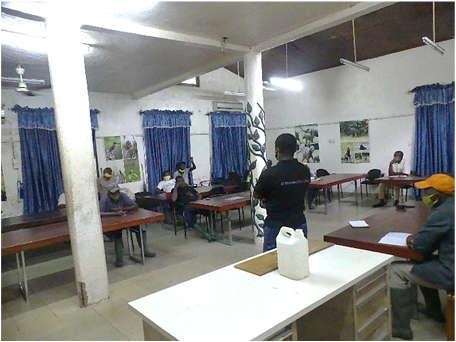
1 minute read
3. Wildlife rescue, rehabilitation and release programme
3. Wildlife rescue, rehabilitation and release programme
Funders
Advertisement
Arrival & quarantine
□ None
Behavioural rehabilitation
□ None
Social rehabilitation
□ African grey parrot: Continued to maintain the care and enrichment to the 210 African grey parrots in the large aviary before releasing them back to the wild □ African grey parrot: Continued the socialisation of one humanized African grey parrot □ Drill: Continued the social rehabilitation of the juvenile male Drill Mbigou with adult female Jafita (Image 12)
Release (ecological & environmental rehabilitation) □ Transferred 29 individuals from the large rehabilitation aviary to the soft-release site in the Limbe Botanical Garden (Images 13-17)
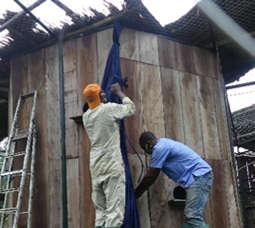
Image 12. Mbigou (juvenile male rescued in January 2020) enjoys a good rest after playing with Nala and her mother Jafita. Image 14. The aviary was cut into two part and capture was made with a net in the isolated room Image 16. The “29 adventurers” had 2 weeks to settle down and get used to their new aviary and surrounding environment

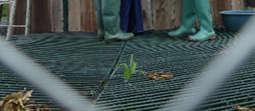
Image 13. Preparing the rehabilitation aviary for isolating and capturing flyers with
the minimum stress
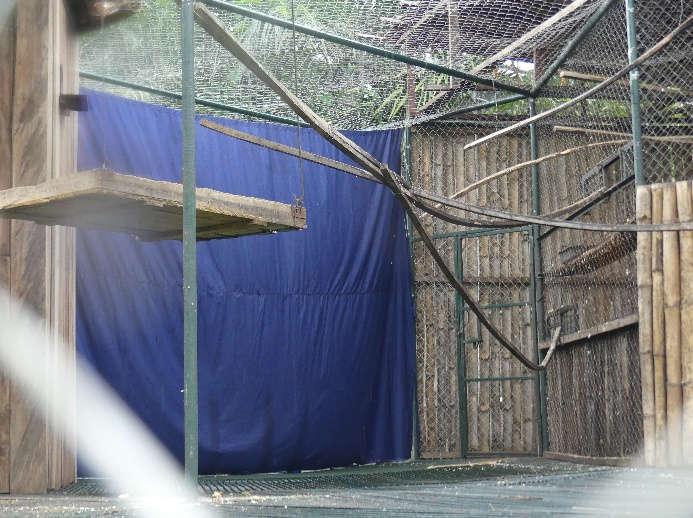


Image 15. Transfer of the African grey parrot fit for release to the soft-release
aviary in the Limbe Botanical Garden

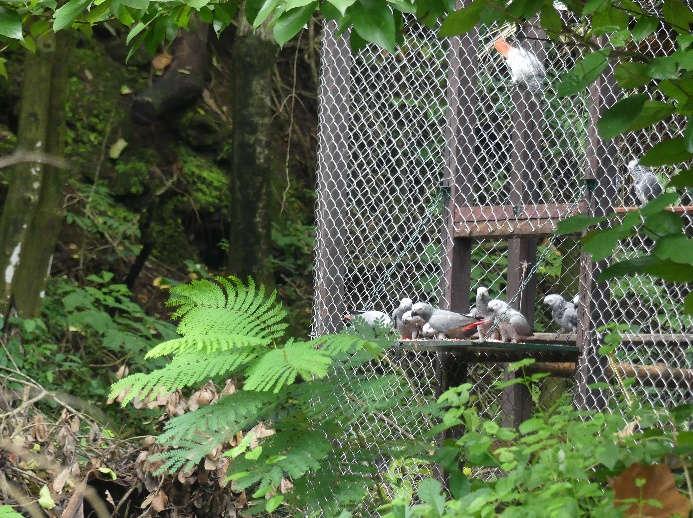
Image 17. After 2 weeks, the hatch was opened and the parrots decided to explore. They moved by small groups and kept using the aviary for food and shelter.







